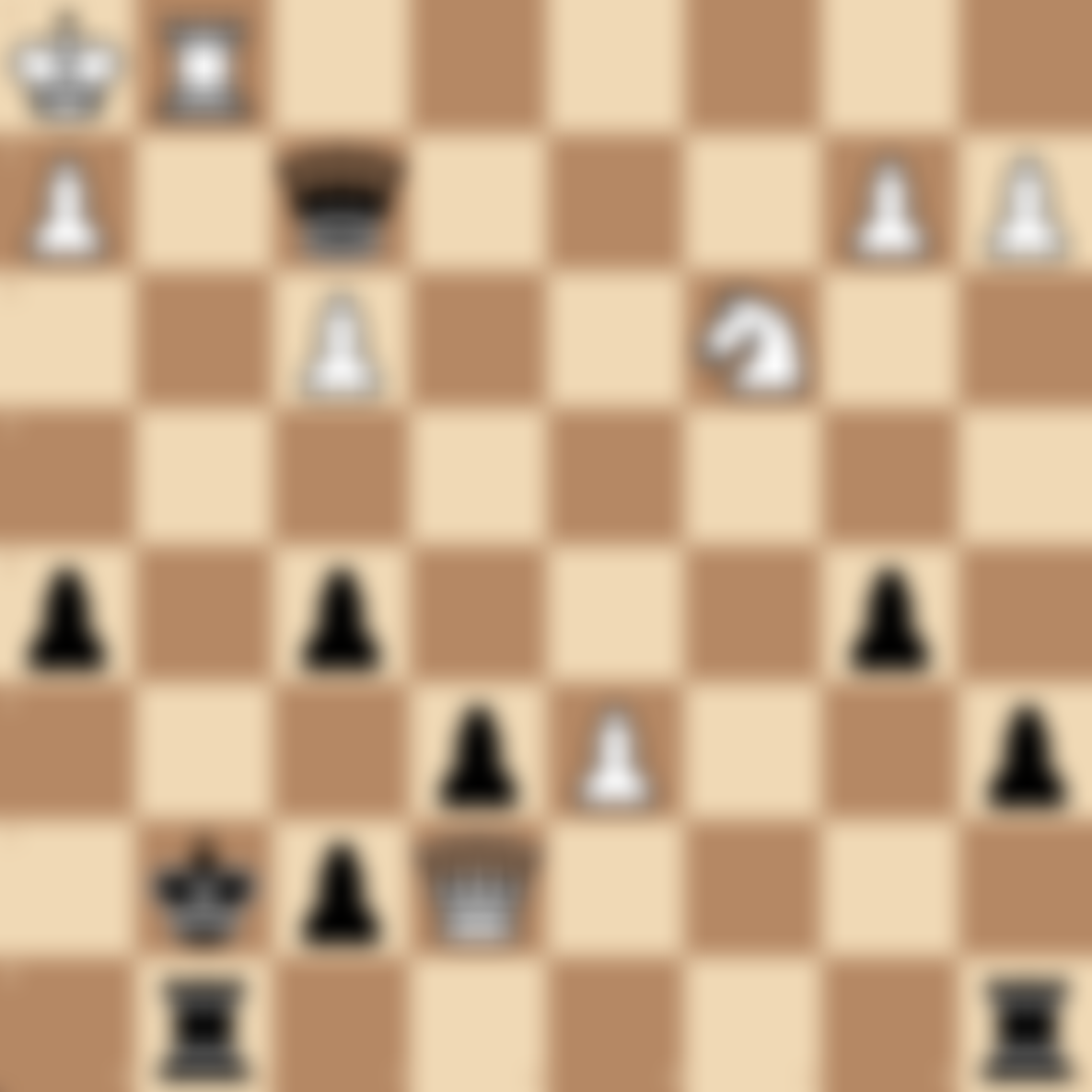Overloading in Chess: Exploiting Overworked Pieces
Table of Contents
- Introduction
- What is Overloading in Chess?
- Importance of Understanding Overloading
- Common Overloading Scenarios
- How to Create and Exploit Overloading
- Defending Against Overloading Tactics
- Overloading vs Other Tactical Motifs
- Famous Games Featuring Overloading
- Practice Overloading Puzzles
- FAQs
Introduction
Overloading is a powerful tactical motif in chess that can lead to significant advantages when properly executed. At chesspuzzles.io, we've developed this comprehensive guide to help you understand, recognize, and exploit overloading situations, enhancing your tactical acumen and overall chess strategy.
What is Overloading in Chess?
Overloading in chess occurs when a piece is tasked with too many defensive duties, making it impossible to fulfill all of them simultaneously. This often leads to a tactical opportunity where the overloaded piece can be exploited, resulting in material gain or a decisive attack.
Importance of Understanding Overloading
Mastering the concept of overloading is crucial for several reasons:
- Tactical opportunities: Recognizing overloaded pieces can lead to winning combinations.
- Strategic planning: Creating overloads can be a long-term strategic goal.
- Defensive awareness: Understanding overloading helps in avoiding such weaknesses in your own position.
- Piece coordination: It emphasizes the importance of efficient piece placement and coordination.
- Practical play: Many games are decided by successful exploitation of overloaded pieces.
Common Overloading Scenarios
- Overloaded defender: A piece defending multiple targets simultaneously.
- Pinned piece overload: A pinned piece being asked to perform additional defensive duties.
- King overload: The king being forced to defend pieces while also maintaining its own safety.
- Overloaded major piece: A rook or queen being responsible for too many defensive tasks.
- Pawn structure overload: Pawns being unable to defend all critical squares or pieces.
How to Create and Exploit Overloading
- Identify pieces with multiple defensive responsibilities.
- Create additional threats to increase the burden on the defending piece.
- Use forcing moves like checks or captures to limit the opponent's options.
- Consider sacrifices that may lead to overloading situations.
- Look for ways to remove or distract supporting pieces.
- Exploit the overload by attacking the weakest or most crucial point.
Defending Against Overloading Tactics
- Be aware of your pieces' defensive duties and avoid overburdening them.
- Maintain good piece coordination to provide mutual support.
- Simplify the position if you sense your pieces becoming overloaded.
- Create counterplay to divert your opponent's attention.
- Consider prophylactic moves to prevent potential overloads.
Overloading vs Other Tactical Motifs
- Fork: While a fork attacks multiple pieces, overloading focuses on a single piece with multiple duties.
- Pin: Pins can contribute to overloading by restricting a piece's movement.
- Discovered Attack: Can be used to create or exploit overloading situations.
- Deflection: Often used in conjunction with overloading to remove a key defender.
Famous Games Featuring Overloading
- Anderssen vs. Kieseritzky, "The Immortal Game" (1851)
- Kasparov vs. Topalov, Wijk aan Zee (1999)
- Fischer vs. Spassky, World Championship Match, Game 6 (1972)
Practice Overloading Puzzles
Sharpen your skills with our collection of overloading puzzles:
Try our Overloading Puzzles on chesspuzzles.io now
These challenging puzzles are designed to improve your ability to recognize and exploit overloaded pieces in various positions.
FAQs
Q: Is overloading more common in the opening, middlegame, or endgame? A: While overloading can occur in any phase, it's most common in complex middlegame positions where pieces have multiple responsibilities.
Q: Can pawns be overloaded, or does this concept only apply to pieces? A: Yes, pawns can be overloaded, especially when they're responsible for defending multiple pieces or critical squares.
Q: How can I improve my ability to spot overloading opportunities? A: Regular practice with tactical puzzles on chesspuzzles.io, analyzing your games for missed opportunities, and studying classic games featuring overloading can significantly improve your skills.
Q: Is it always best to exploit an overloaded piece immediately? A: Not always. Sometimes it's better to increase the pressure or create additional threats before exploiting the overload for maximum gain.
Q: Can overloading be a positional concept, or is it purely tactical? A: While often tactical in nature, overloading can also be a positional concept, especially in endgames where a piece might be overloaded with defensive duties over an extended period.
Master the art of exploiting overloaded pieces to gain decisive advantages in your chess games! Ready to test your tactical prowess? Try our Overloading Puzzles on chesspuzzles.io now and experience the thrill of turning overloaded pieces into winning combinations!
